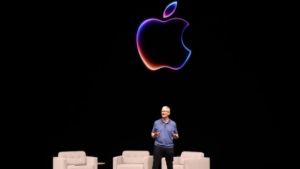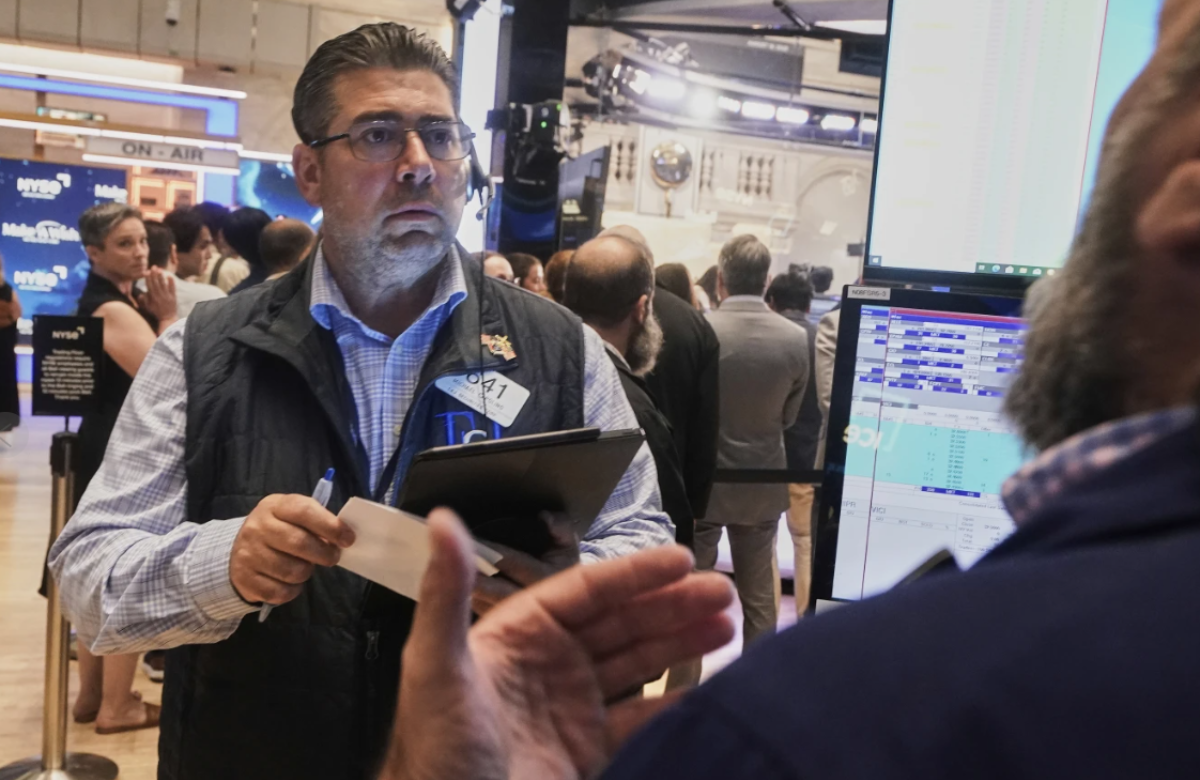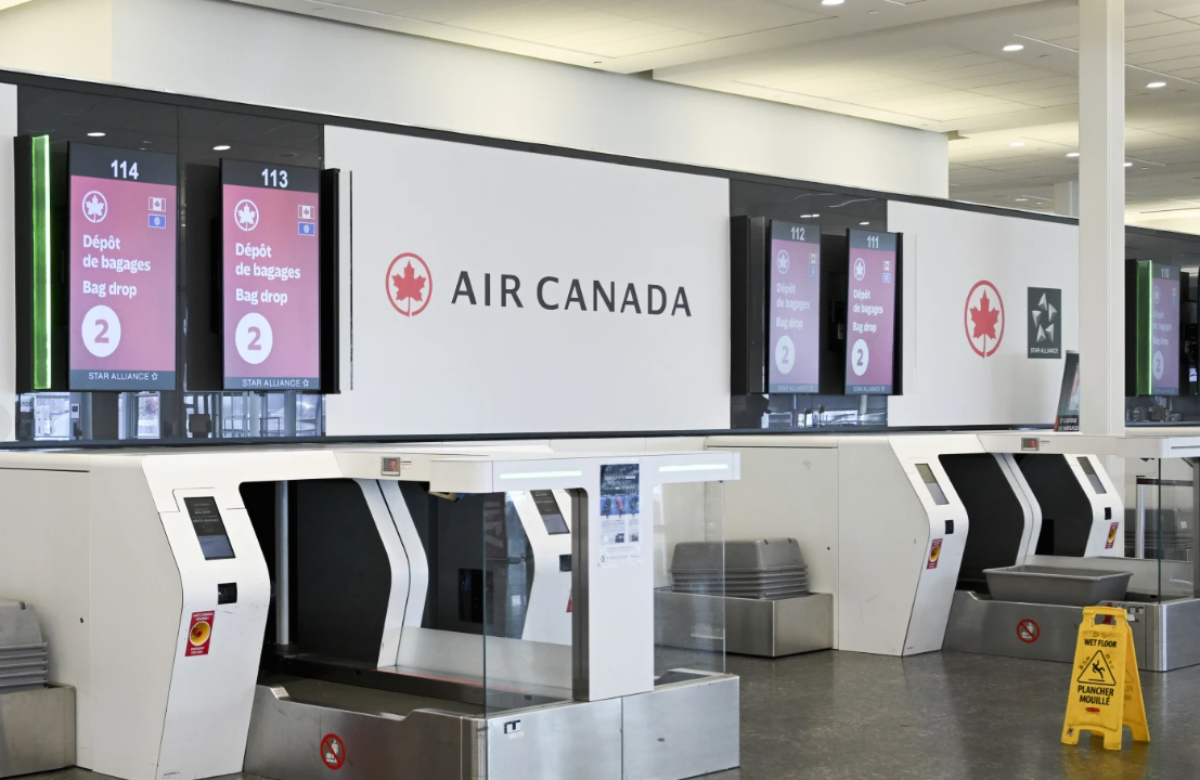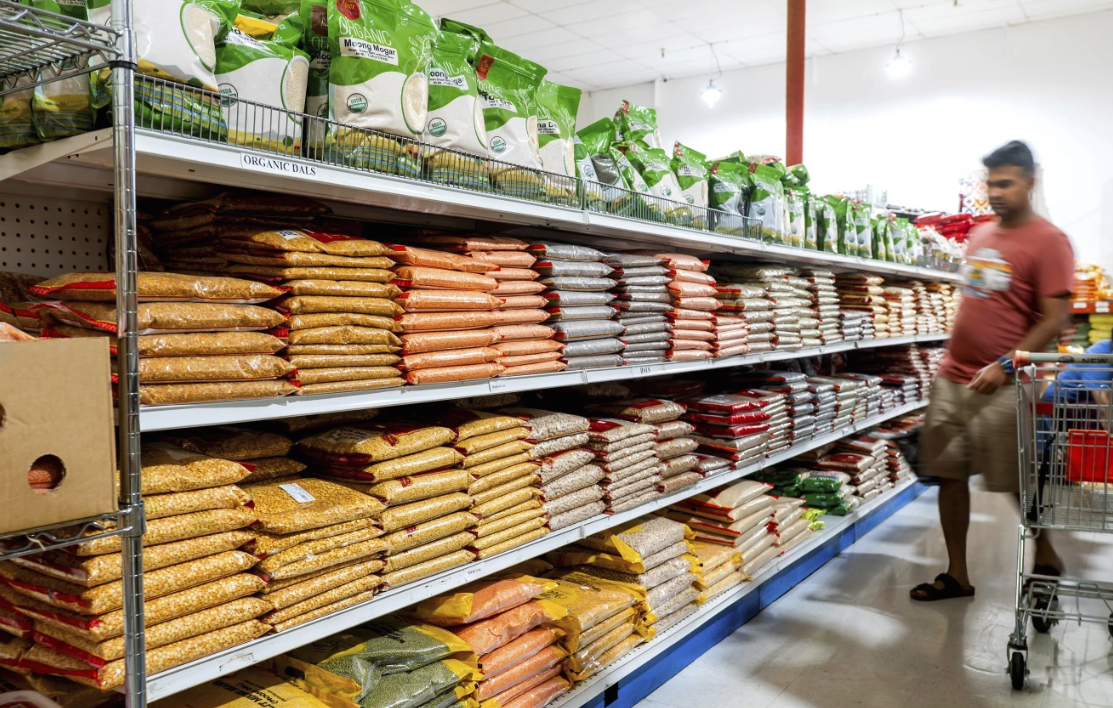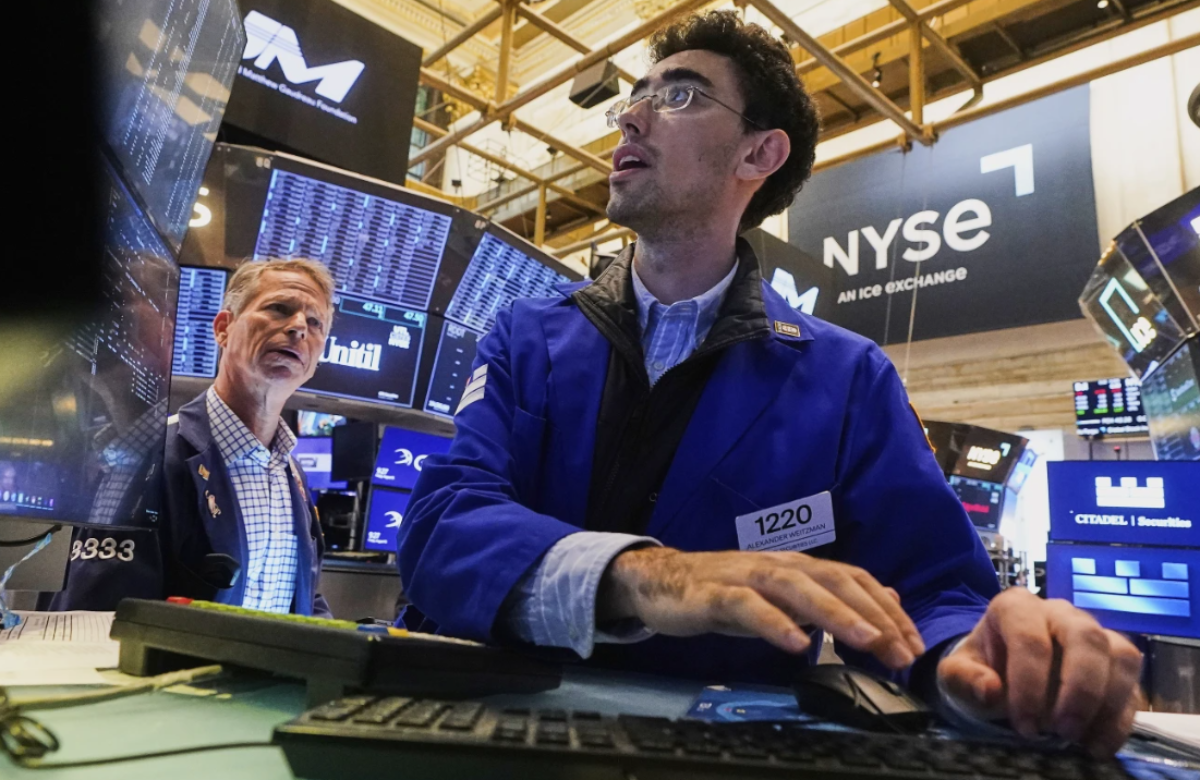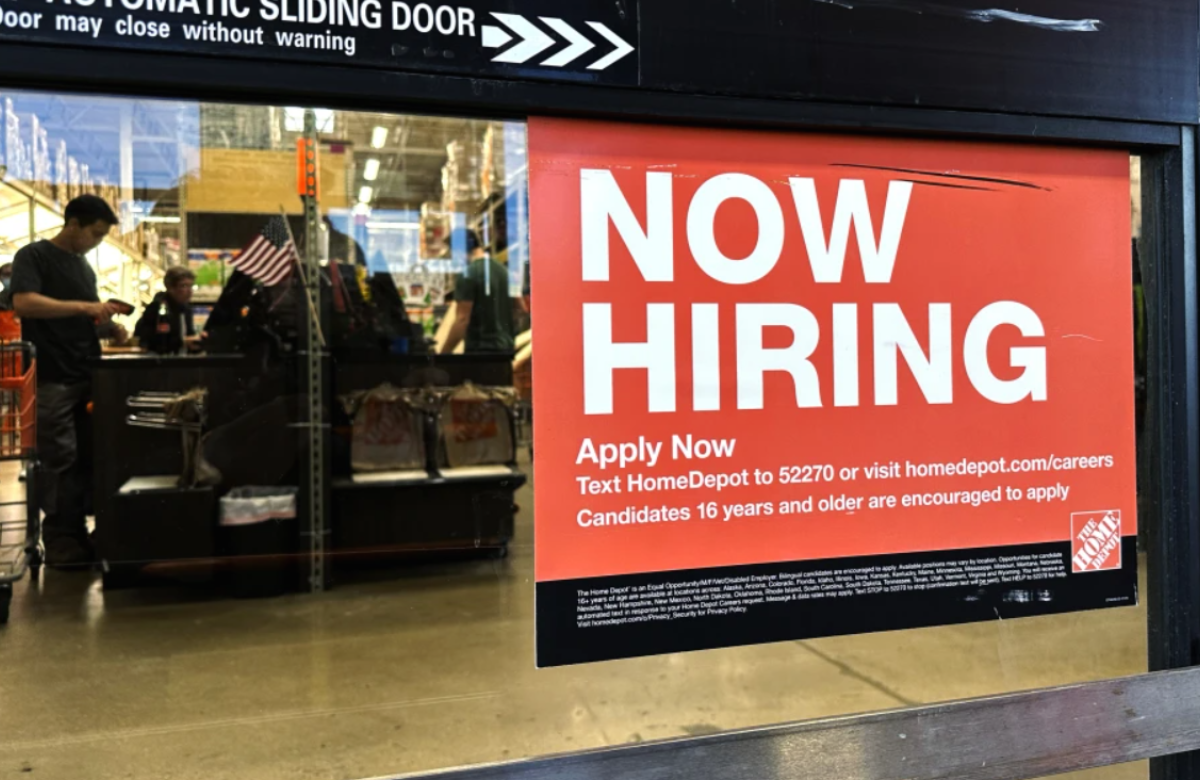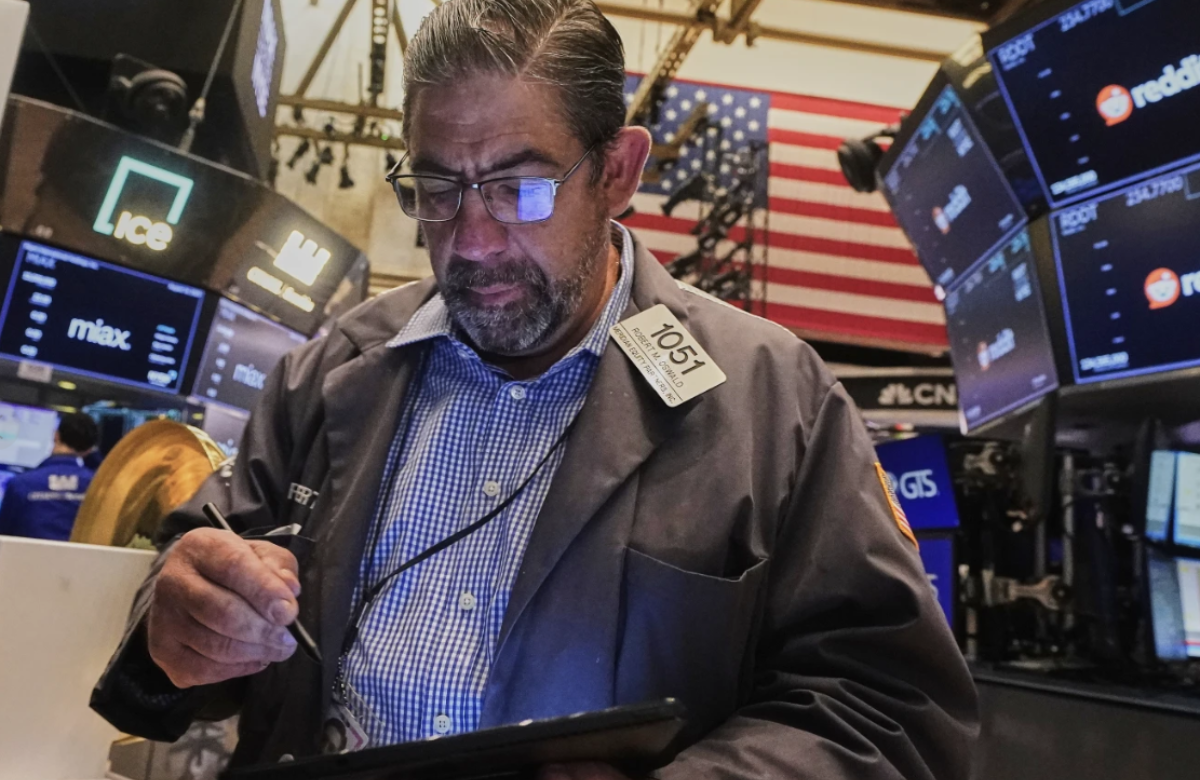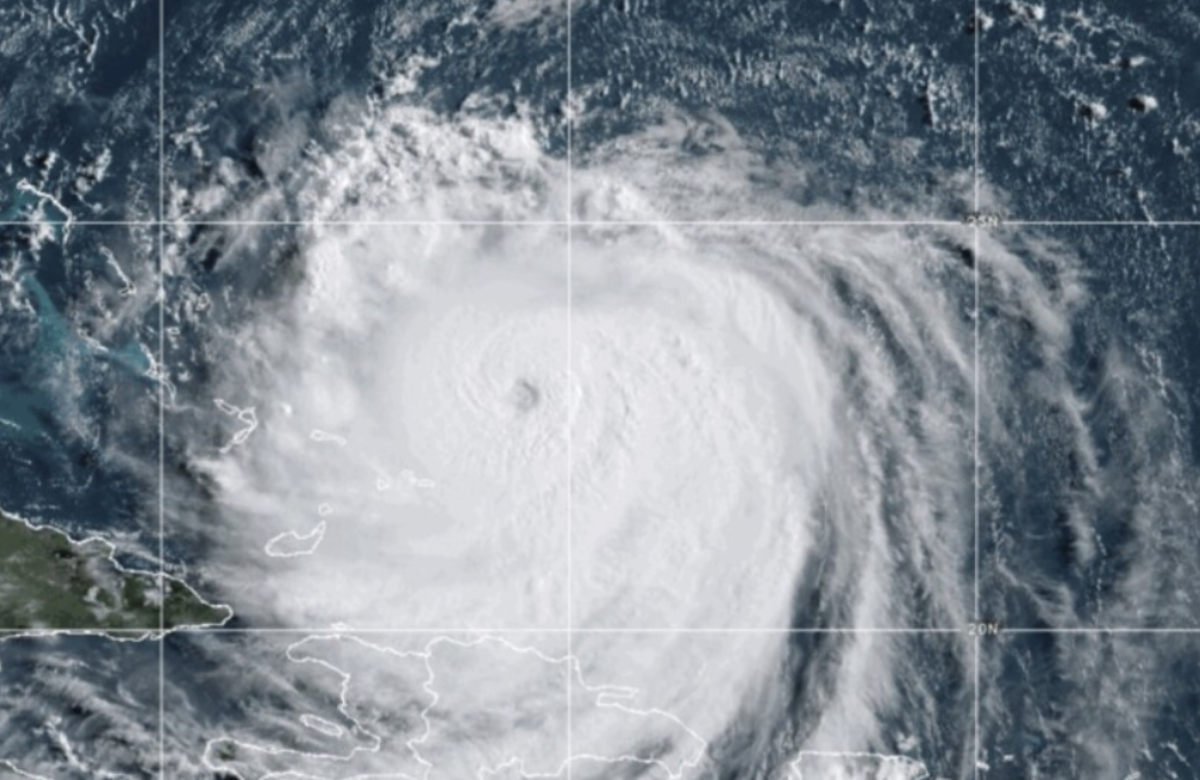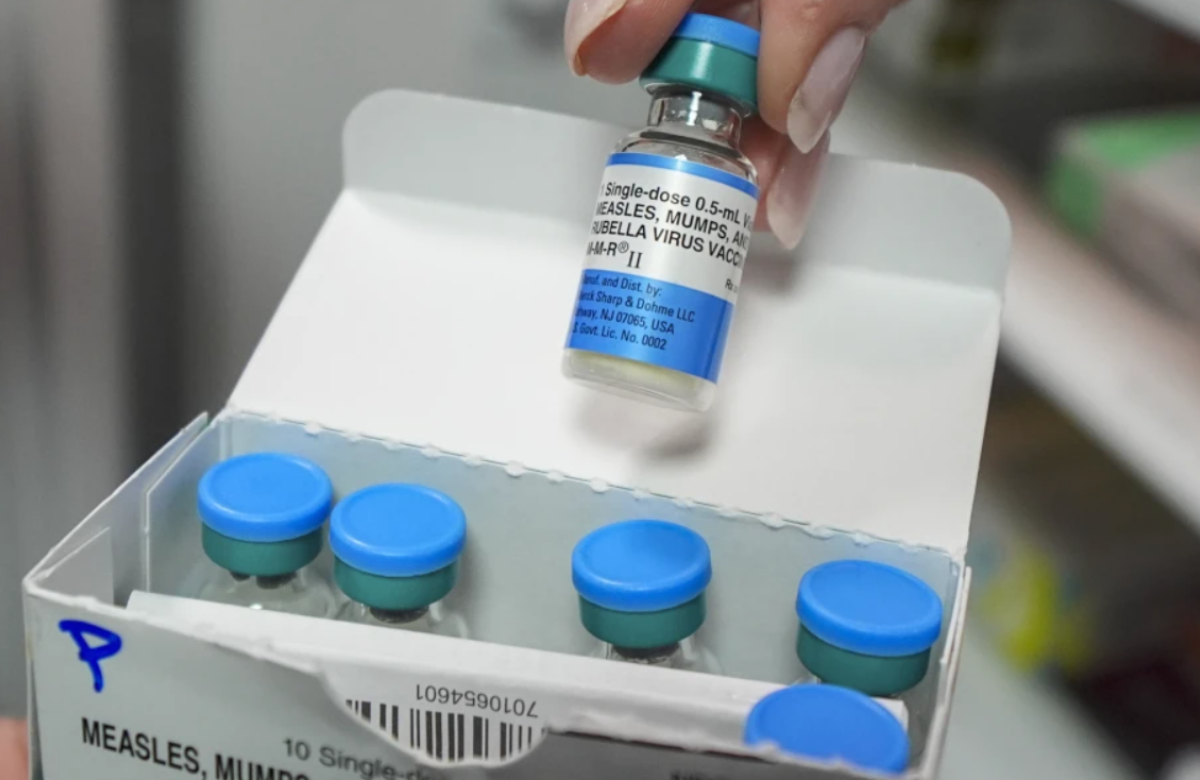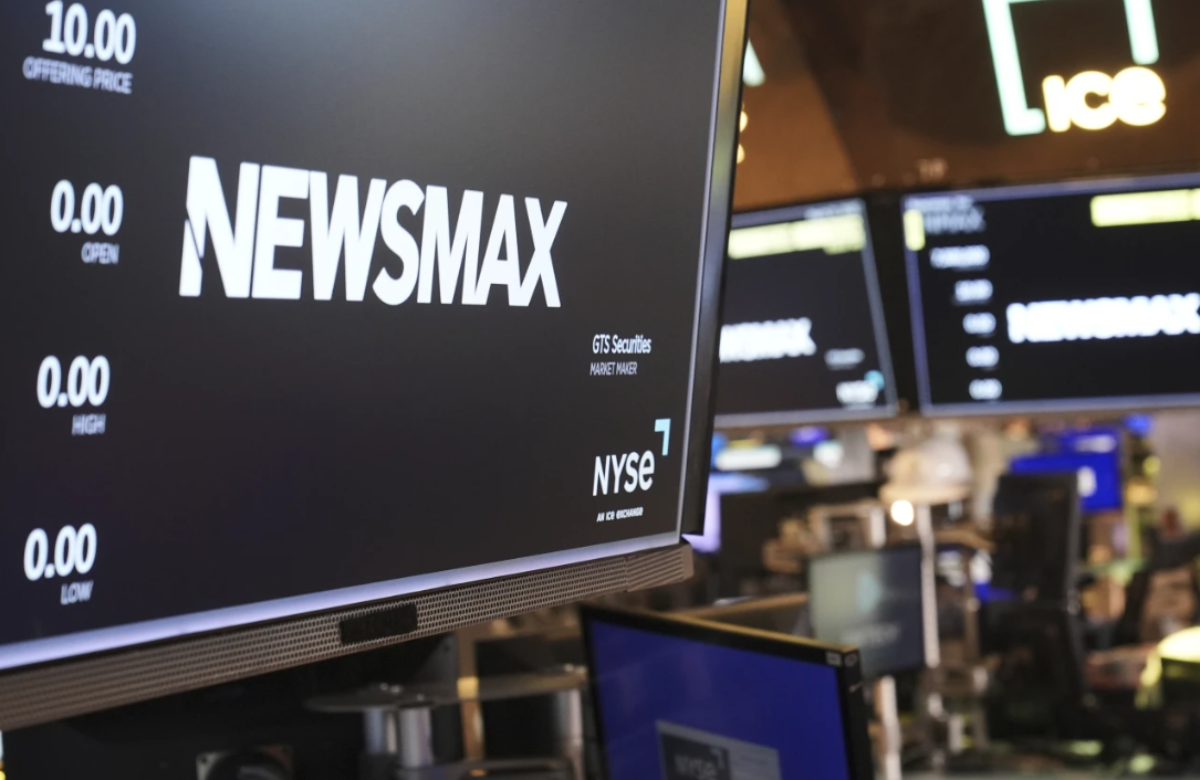This Valentine’s Day, finding affordable chocolate may be more challenging, as prices are expected to rise. In fact, the cost of chocolate could leave a bitter taste in your mouth.
David Branch, sector manager at Wells Fargo Agri-Food Institute, stated, “This Valentine’s Day, you can expect chocolate prices to increase by about 10-20% compared to last year, as the price of cocoa has more than doubled since the start of 2024.”
Cocoa prices reached a record high of $12,646 per metric ton in December, driven by several years of poor weather in West Africa, a key cocoa-producing region, and the cocoa swollen shoot virus disease, which has hindered production.
Over the past two years, the cost of producing chocolate has increased by more than 167%, according to the Producer Price Index.
David Branch described the situation as “a mess.” In response, retailers have raised chocolate prices.
Swiss chocolatier Lindt mentioned in its 2024 report that the year was marked by record-high cocoa prices, significant price hikes, and a decline in consumer spending. The company raised its prices and anticipates this trend will continue into 2025. For example, a 5.7 oz box of Lindt Valentine’s heart chocolate truffles costs $21.99.
Hershey’s, on the other hand, buys cocoa nearly a year in advance, meaning that this Valentine’s Day, the store price won’t reflect current cocoa prices. A 1-pound Hershey’s chocolate bar is priced at $14.99.
Hershey’s stated that they are working with retail partners to provide a range of products at different price points to suit various occasions and consumer needs.
Dirk Van de Put, CEO of Mondelez International, which owns brands like Cadbury and Toblerone, highlighted the “unprecedented cocoa cost inflation” in the company’s fourth-quarter earnings report for 2024.
Shoppers looking to avoid high prices may want to opt for chocolate made with cocoa powder instead of premium chocolates, which have a higher percentage of cocoa. “Consider purchasing sweet treats with less cocoa, such as non-cocoa options or products with fillers that aren’t 100% cocoa, as these will be more affordable,” suggested a Wells Fargo report this month outlining the price trends for the year.
Cocoa futures, which reflect the expected price of the next cocoa harvest, have surged by 143% in the past year, according to David Branch.
“Every time it rains in West Africa, the futures change. People are watching it that closely. It’s just crazy. There’s a lot of money involved in this market,” said Branch.
Currently, cocoa futures are trading for less than $10,000 per metric ton on the Intercontinental Exchange, but Branch cautions that prices can fluctuate quickly. He added, “There’s still a lot of uncertainty about whether the harvests will be enough to meet the increasing demand and make up for the current supply shortfall.”
According to David Branch, the Ivory Coast and Ghana account for 70% of global cocoa production. However, production in these West African countries has become less consistent due to unpredictable weather patterns and disease.
This opens up opportunities for other nations, such as Ecuador, to expand their cocoa production, Branch explained.
The challenge, however, is that it takes four to six years for a cocoa tree to be ready for harvest after being planted.
“It’s a long-term solution, but not something that will fix the issue immediately,” Branch said.


